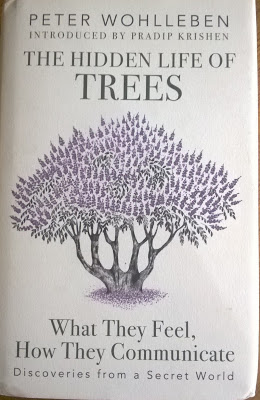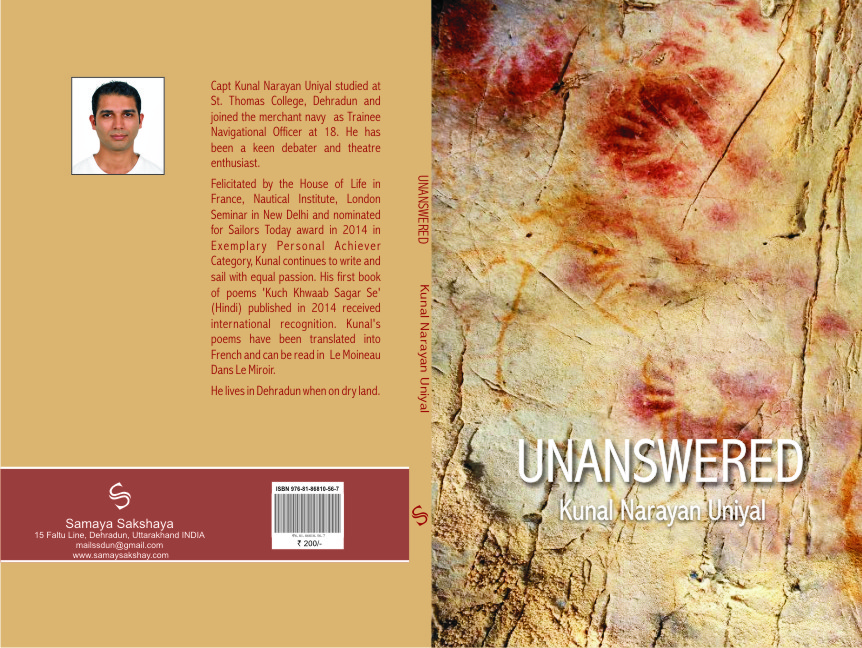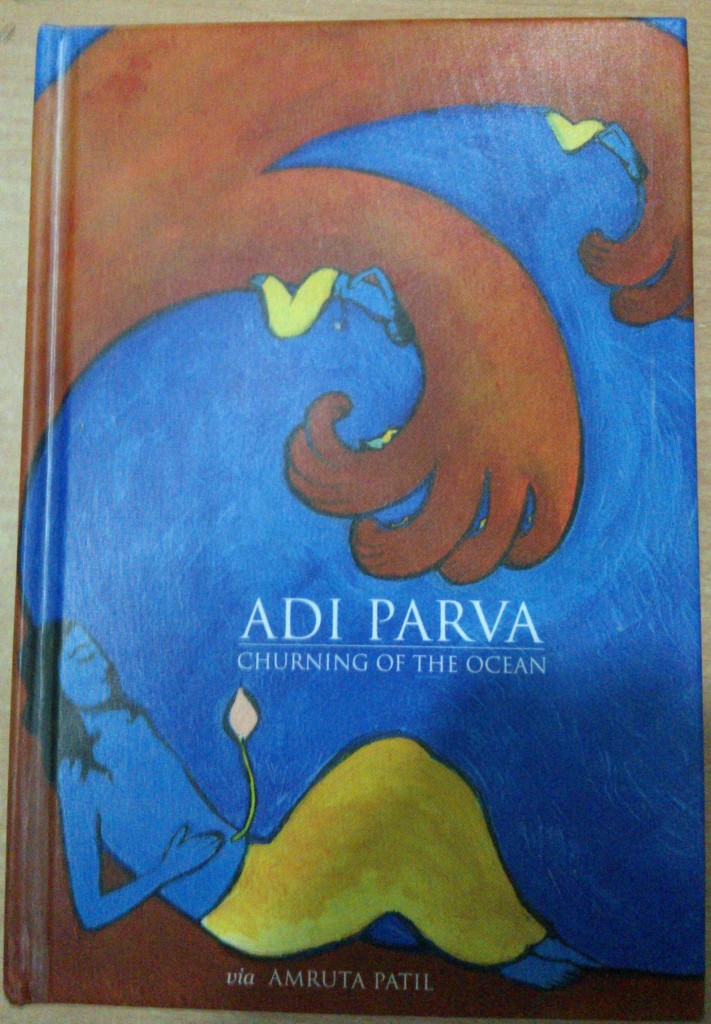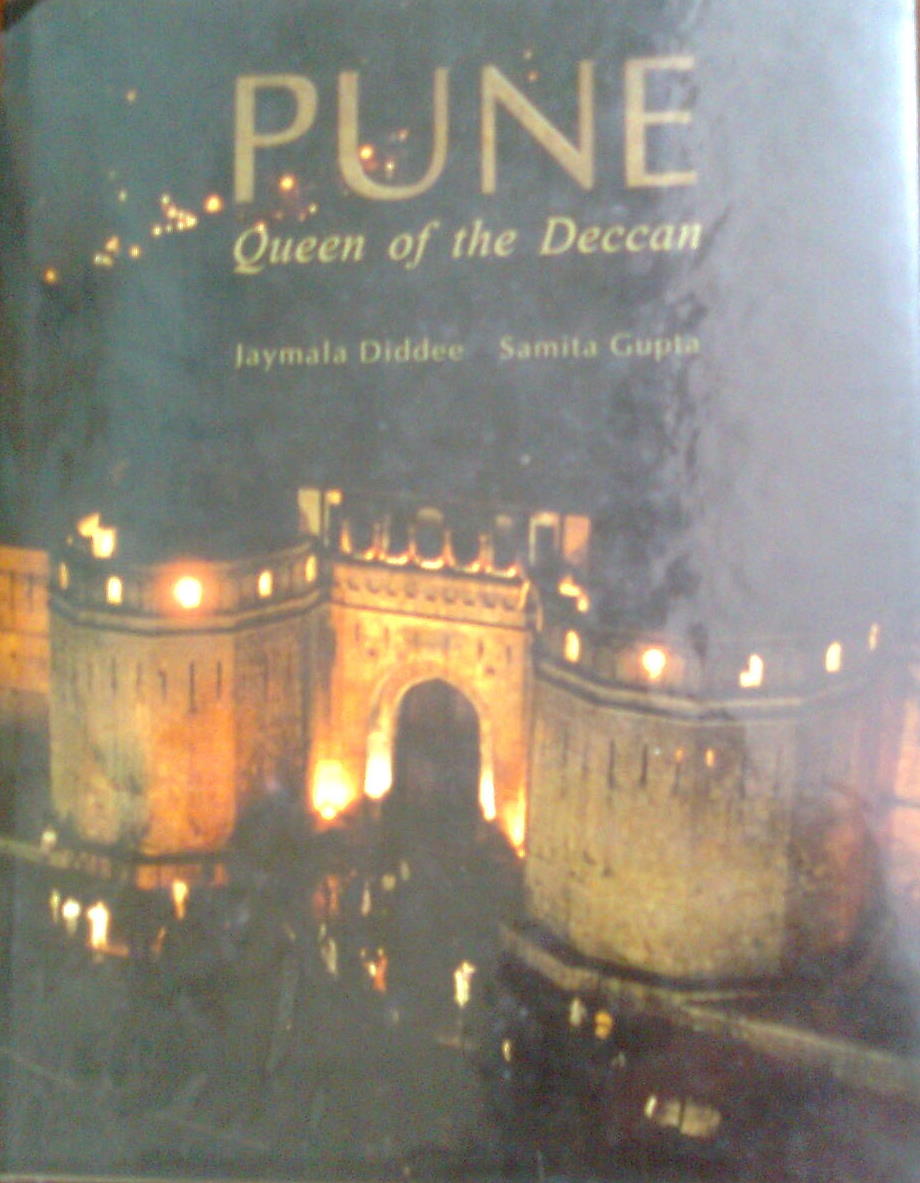
The Hidden Life Of Trees by Peter Wohelleben is a book for all tree lovers. The author is a forester from Germany and naturally he mostly describes trees in Germany and Europe. Beech. Pine. Birch. Ash and so on…Tropical trees barely find a mention yet I am sure, the ‘behaviours’ that he has described is quite likely apply to trees in my part of the world too.
Do trees have emotions? How do trees know when to break out into bud? How do trees defend themselves from pests or infections? Do trees talk to each other? What about competition among forest trees? Who wins and why? Who loses and why? Do trees have a ‘brain’ and where is it? Did you know that forests have a ‘wood wide web’ which is a network of fungi in the soil and this network is vital for survival of plants?
These are just a few of the questions on any nature lover’s mind and the author has answers in very simple, easy-to-understand, non-botanical terms. His eloquent words took me on a walk in the German forests as I could visualise the towering tree canopies, the dense dark under story…. Every chapter gives an amazing insight into the apparently silent life there.
Somewhere over the years, trees have never been thought of as intelligent thinking beings. “The Hidden Life Of Trees” puts an end to such ideas. And there is scientific research cited at the end of the book to prove it!
Our lives are closely interwoven with those of the flora and fauna. We need to understand and protect those if humans have to survive on earth. this book is a step in that direction.
Take care folks!
🙂
The Hidden Life Of Trees by Peter Wohlleben
Publisher Penguin Random House India






